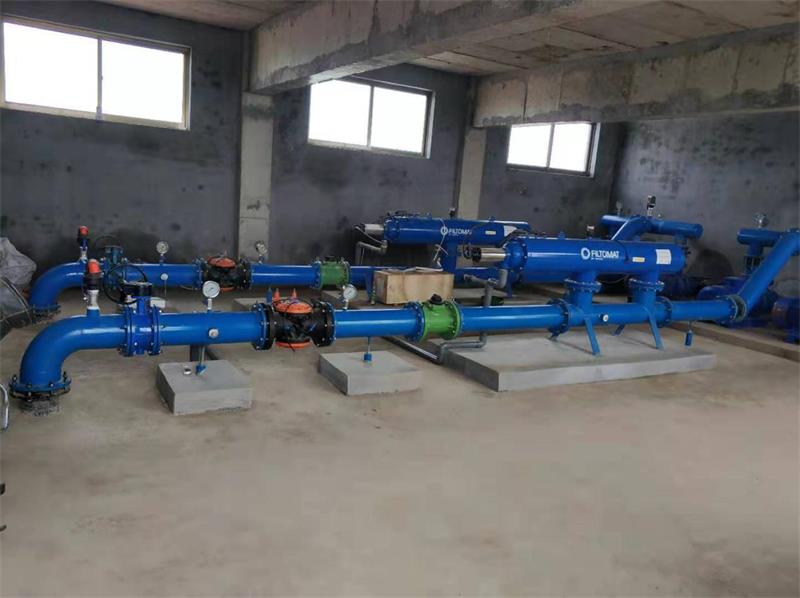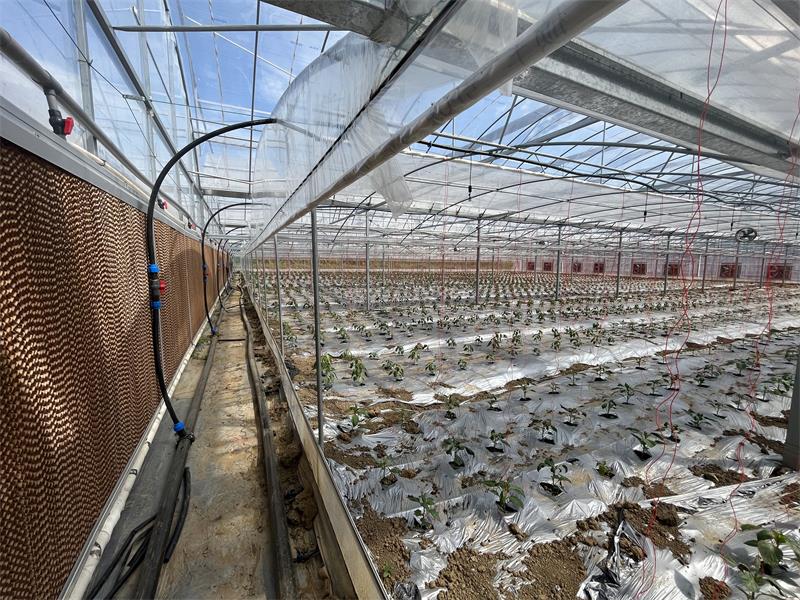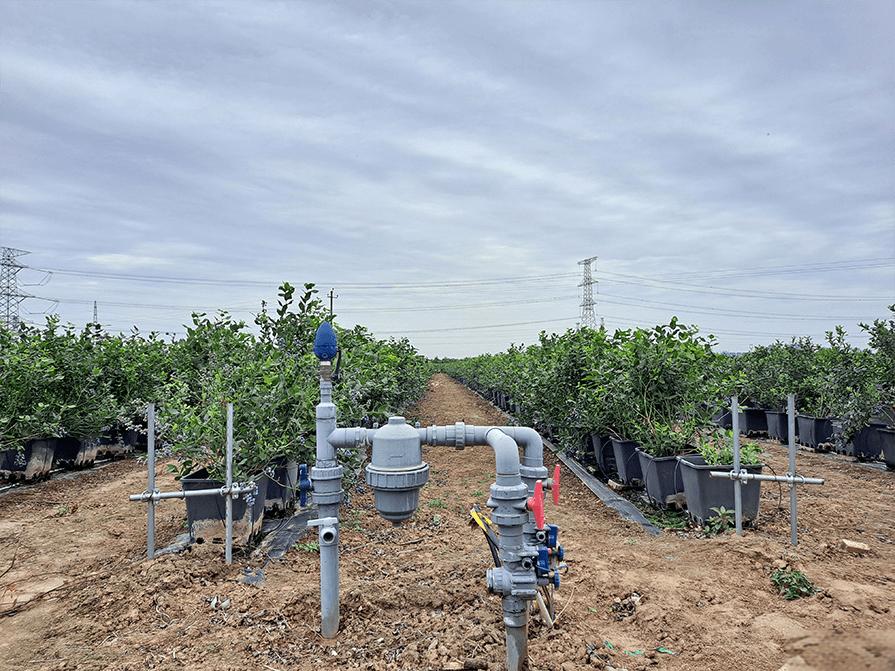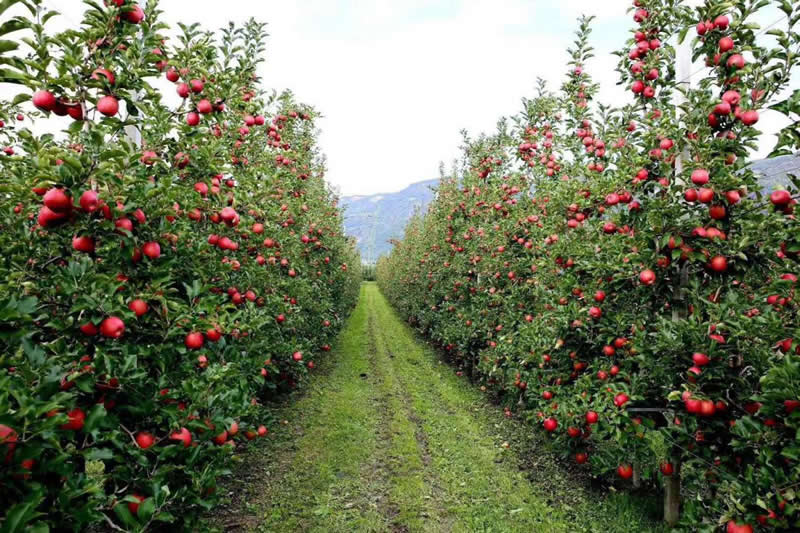Drip irrigation fertigation involves using water-soluble fertilizers, such as those commonly used for soil drenching, to deliver nutrients directly to plant roots. Here are some key considerations and requirements for fertilizers used in this system:
Key Considerations for Drip Irrigation Fertigation
- Filtration is Crucial:
- Always install filters to ensure the water source is clean. Commonly used filters include 100-mesh nylon or stainless steel screens, or 120-mesh disc or screen filters. These are critical for the smooth operation of the drip irrigation system.
- Regularly clean the filters and flush the ends of the drip lines, typically once a month.
- Proper Fertilization Process:
- Before starting fertilization, turn on the drip irrigation in the area to be fertilized. Dissolve the fertilizer in a dedicated solution tank. Begin fertilization about 20 minutes after starting the irrigation.
- Fertilization should last for approximately 30-60 minutes per zone, adjusting the flow rate and timing via control valves.
- Post-Fertilization Flushing:
- Do not immediately turn off the system after fertilization. Allow sufficient time to flush the system, preventing blockages from residual fertilizer in the pipes. The flushing time depends on the size of the irrigated area, typically ranging from 15-30 minutes for drip irrigation systems. This step is crucial to prevent the proliferation of algae, moss, and microorganisms that can clog emitters.
- Choosing the Right Fertilizer:
- Opt for fertilizers with high solubility and nutrient content. These characteristics make them ideal for use in drip irrigation systems, ensuring efficient nutrient delivery and minimal risk of clogging.
- Adjusting Fertilization Levels:
- For first-time users of drip fertigation, it’s advisable to adjust the fertilizer amounts based on previous years’ applications. Implement a “small quantity, multiple times” strategy to distribute nutrients evenly and prevent over-fertilization.
- Regular Field Checks:
- Frequently inspect the field for issues like leaks, blockages, broken pipes, or cracked lines. Promptly addressing these issues ensures the system remains functional and efficient.
By following these guidelines, you can optimize the efficiency and effectiveness of your drip irrigation fertigation system, ensuring your crops receive the necessary nutrients without system disruptions.




